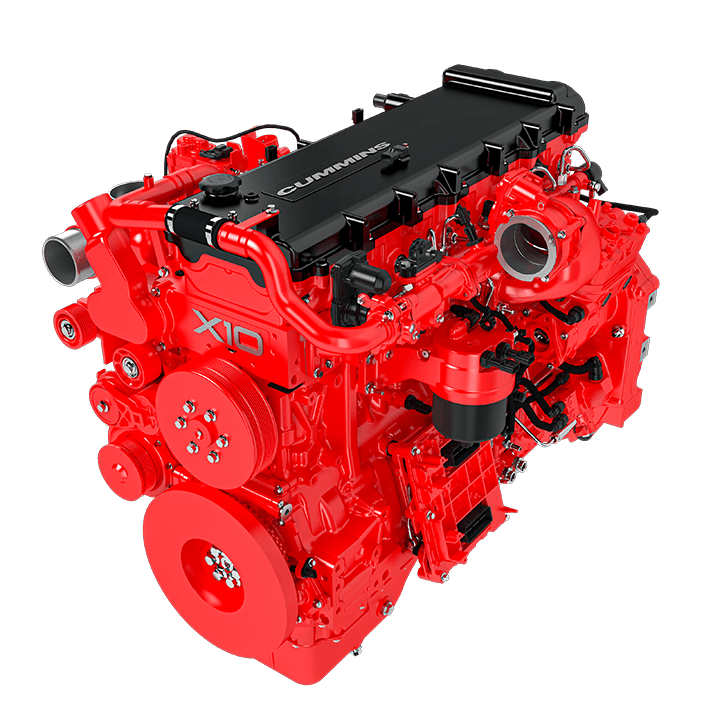Not enough power to run even a modern LED lamp, let along anything that takes real power.
I have a speakerphone that operates completely off of telephone line power. No external power needed. Pretty impressive.
Not enough power to run even a modern LED lamp, let along anything that takes real power.
After the Titan XD debacle I don't trust them.
Aroung 2008, the moving company I work for was looking to buy a cube van and I contacted a local Ford dealer. I mentioned to the salesman that I was leery of Ford diesel engines after their 6.0. He said - Oh, that was in the past, it is all behind us now. We now have the super-duper 6.4. Typical sales pitch. I did not buy from Ford. The 6.4 turned out to be a bigger turd than the 6.0.If every company was judged on a single bad engine design??
Besides.....Nissan bought into it, Likely trying to recreate what Chrysler did in the late '80's with the Cummins 6BT which in my opinion saved Chrysler from certain doom.
I don't give Ford a pass on the 6.4L Powerstroke either, Especially after the issues with the 6.0L, You'd think they'd be more vigilant not less.
I didn't own one but I'm pretty sure most people judge a company by their last purchase.. I owned the first year Ford 7.3 gasser and 7.3 Diesel . But missed out on the Titan...lolIf every company was judged on a single bad engine design??
Besides.....Nissan bought into it, Likely trying to recreate what Chrysler did in the late '80's with the Cummins 6BT which in my opinion saved Chrysler from certain doom.
I don't give Ford a pass on the 6.4L Powerstroke either, Especially after the issues with the 6.0L, You'd think they'd be more vigilant not less.
This is on Nissan and the EPA as much as Cummins IMO. Honestly I think Cummins is the one of the best diesel engine manufacturers in the market to this day. A lot of Semi's running around with Cummins in them.After the Titan XD debacle I don't trust them.
True but that engine was a turd. You can't let them off the hook. If you know how to build motors why build that. Makes no sense to me unless they didn't care.This is on Nissan and the EPA as much as Cummins IMO. Honestly I think Cummins is the one of the best diesel engine manufacturers in the market to this day. A lot of Semi's running around with Cummins in them.
Just my $0.02
diesels are better as i6's and then they put it in a light duty pick up that needs driven. My truck gets a good workout pulling our TT around in the summer so you can't just use these things as grocery getter's and expect no issues. Diesels need worked IMO.True but that engine was a turd. You can't let them off the hook. If you know how to build motors why build that. Makes no sense to me unless they didn't care.
And stressfulResistance is futile.
You can edit titles?Fixed.
I’m not so sure what’s being considered modular with the EA888 other than some different turbos and a tune. It seems to show up in vehicles that seem much bigger than what should have this engine in it.
Cummins' new fuel-agnostic, 48-volt 10-liter engine
Cummins says its new fuel-agnostic 10-liter engine will come in well under 2027 EPA emissions requirements.www.ccjdigital.com
Looks like Cummins is adopting a 48V system for accessories, which is similar to what the Euros have been doing. I think the 48V architecture is really neat way to broaden the functionality of many drivetrain accessories.
The article also suggests that Cummins is moving to a scalable, modular architecture.....similar to the VAG EA888 concept.
You are still looking at it wrong. Impedance of the conductor and power supply plays a larger role than static resistance. Higher voltage allows for higher total resistance and impedance making any bad connections produce less heat due to lower current flowing in the circuit. It is far to long to explain here but I deal with it on a daily basis being an electrician.Yes use OHM's law.
So if you short circuit a 1 ohm wire, on a 12 volt battery you have 12 amps to deal with.
If you do the same with 120 volts you then have 120 amps.
This is mainly what I meant about increasing the voltage. If you us thinner wires on a higher voltage then you are living very dangerous.
For the 120 volt example think about your glowing element space heater, that draws 12.5 amps for the 1500 watts.
So if you had a corroded area that offers some resistance and it shorts on that wire, and the breaker only see's that 12.5 amps you could then have a fire wire. It happens more than you think with outlets though more of a resistive connection that can melt the insulation then the short.
